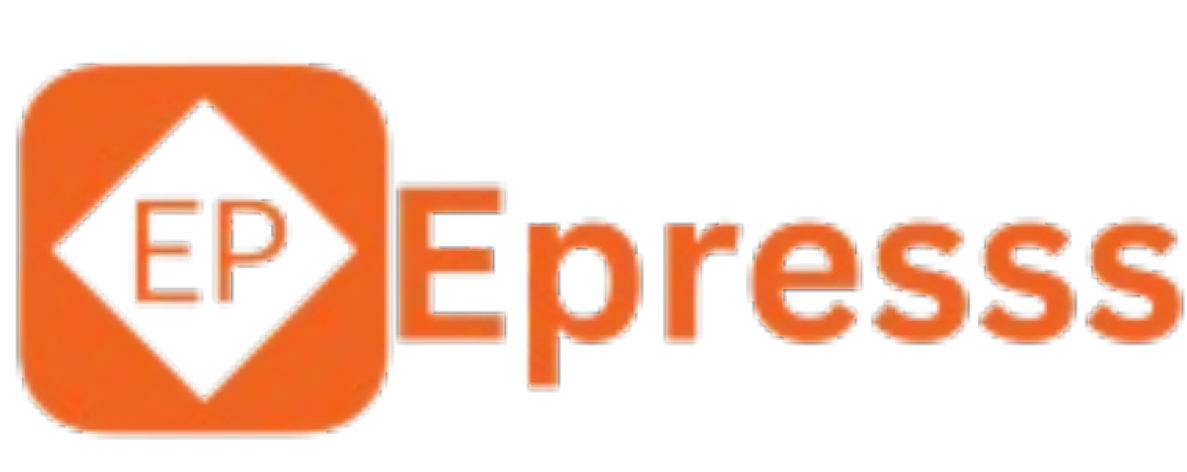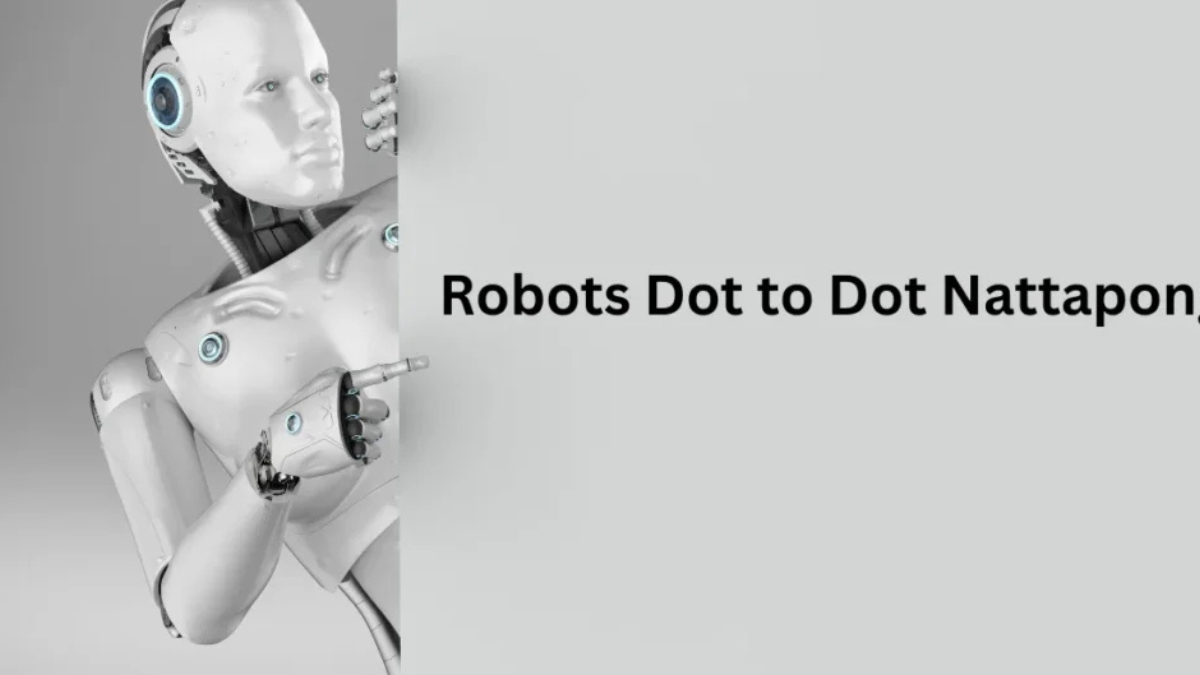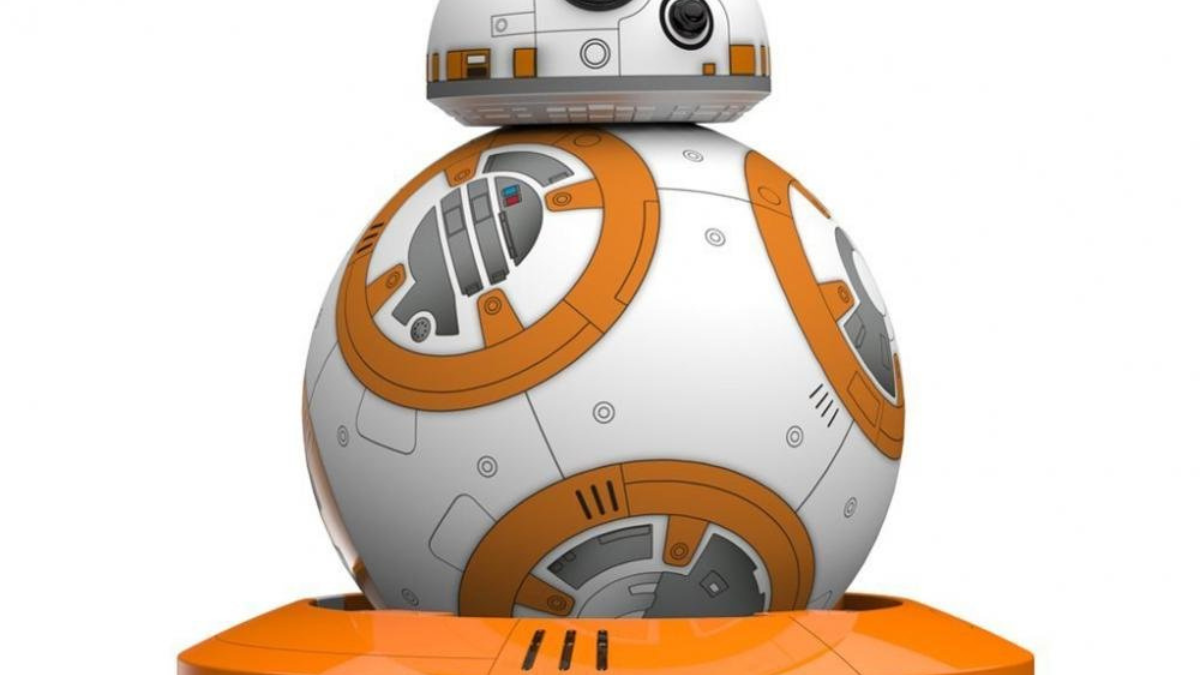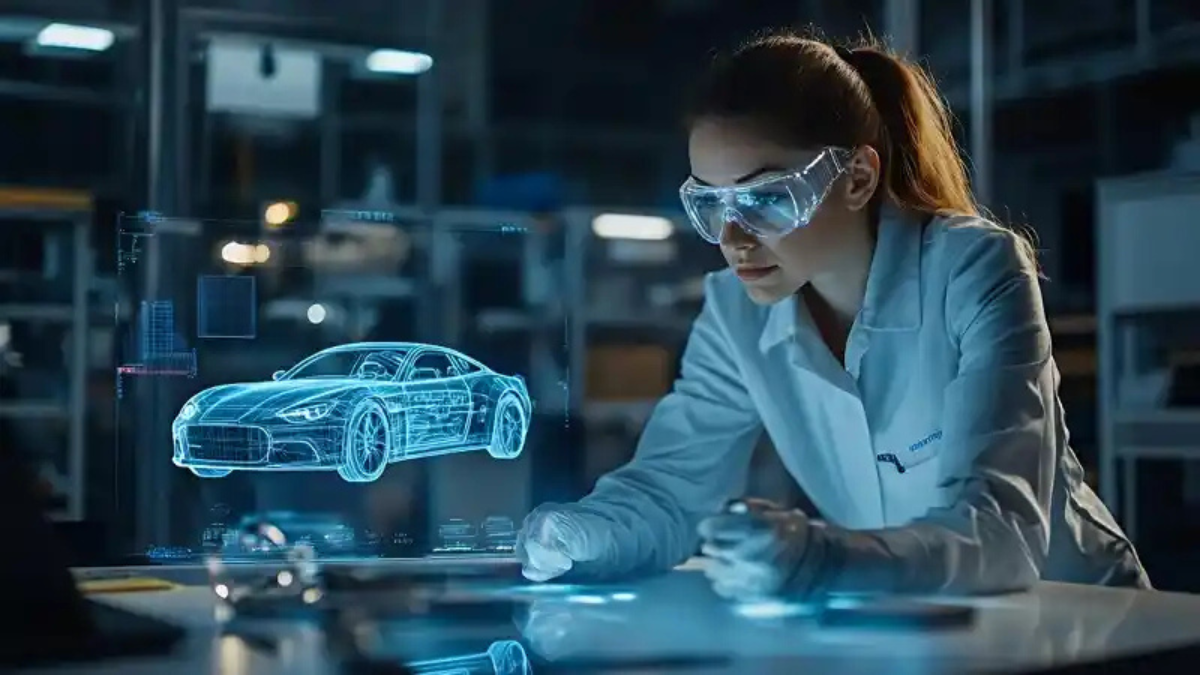Introduction
Robots have always fascinated humans, bridging the gap between technology and creativity. In recent years, the concept of Robots Dot to Dot Nattapong has gained significant attention, merging the artistic aspect of dot-to-dot puzzles with the precision and innovation of robotics. This article explores the world of Robots Dot to Dot Nattapong, its significance, applications, and impact on education and entertainment.
What is Robots Dot to Dot Nattapong?
Robots Dot to Dot Nattapong is a unique combination of dot-to-dot art and robotics, primarily attributed to Nattapong, an innovator in the field. This concept revolves around using robots to create intricate dot-to-dot designs, which can then be connected by users to reveal stunning artwork. This approach has gained traction in both educational and artistic fields, promoting interactive learning and engagement.
The Evolution of Dot to Dot Art in Robotics
The Traditional Dot to Dot Puzzles
Dot-to-dot puzzles have been around for centuries, helping children develop hand-eye coordination and problem-solving skills. Traditionally, these puzzles involve numbered dots that need to be connected sequentially to form an image. Over time, digital advancements have transformed this simple activity into an engaging and interactive experience.
Incorporating Robotics into Dot to Dot
With the rise of artificial intelligence (AI) and automation, the integration of robotics into dot-to-dot puzzles has revolutionized the way people engage with art. Robots are now capable of generating intricate dot patterns, creating highly detailed images that users can complete. This innovative blend of robotics and artistry is what makes Robots Dot to Dot Nattapong a fascinating concept.
How Robots Create Dot to Dot Art
Image Processing and Conversion
The first step in creating Robots Dot to Dot Nattapong is processing an image and converting it into a dot-to-dot format. AI algorithms analyze the image and determine the best placement for dots based on key features.
Robot Programming and Execution
Once the dots are mapped, robots equipped with precise actuators and AI-driven software plot the dots onto a canvas or digital interface. This process ensures accuracy and efficiency, reducing the chances of human error.
User Interaction
After the robot completes the dot placement, users can connect the dots manually or through a digital application, bringing the image to life. This interactive experience combines technology with creativity, making it ideal for both educational and recreational purposes.
Applications of Robots Dot to Dot Nattapong
Educational Benefits
Robots Dot to Dot Nattapong has immense potential in education. Schools and learning centers use robotic dot-to-dot activities to teach students about:
- Pattern Recognition: Helps children understand how images are formed through dot connections.
- Problem-Solving Skills: Encourages critical thinking by challenging students to complete patterns correctly.
- STEM Learning: Introduces robotics and AI in an engaging manner, making learning fun.
Artistic Exploration
Artists and designers leverage robotic dot-to-dot technology to create unique artworks. By programming robots to generate complex dot patterns, artists can push the boundaries of digital and traditional art forms.
Entertainment and Games
Interactive gaming experiences now incorporate Robot Dot to Dot Nattapong concepts, allowing users to engage with AI-generated dot puzzles in mobile apps, virtual reality (VR), and augmented reality (AR) environments.
Therapeutic Uses
Dot-to-dot activities have been proven to enhance focus and relaxation. Robotic dot-to-dot designs are used in:
- Stress-relief apps
- Therapeutic exercises for mental health patients
- Cognitive training for elderly individuals
Future of Robots Dot to Dot Nattapong
The future of Robot Dot to Dot Nattapong is promising, with advancements in AI, robotics, and digital artistry. Some potential developments include:
- AI-Generated Personalized Dot-to-Dot Art: Users can upload their photos, and AI-powered robots will create custom dot-to-dot puzzles.
- Interactive AR/VR Integration: Enhanced user engagement through immersive digital environments.
- Smart Educational Tools: More schools adopting robotic dot-to-dot systems for creative learning.
(FAQs)
Q: What is the main purpose of Robots Dot to Dot Nattapong?
A: The primary purpose is to combine robotics and dot-to-dot art, creating interactive and educational experiences for users of all ages.
Q: How does robotics enhance dot-to-dot puzzles?
A: Robotics enhances accuracy, creativity, and engagement by automating the dot placement process and allowing users to interact with high-quality dot-to-dot designs.
Q: Can children benefit from Robots Dot to Dot Nattapong?
A: Absolutely! It helps children improve their cognitive skills, hand-eye coordination, and understanding of patterns and numbers.
Q: Is there a digital version of Robot Dot to Dot Nattapong?
A: Yes, various apps and software integrate robotic dot-to-dot technology, providing users with digital platforms to engage in dot-to-dot puzzles interactively.
Q: What industries can benefit from this technology?
A: Education, entertainment, therapy, and digital art industries can significantly benefit from Robots Dot to Dot Nattapong.
Conclusion
Robot Dots to Dots Nattapong is revolutionizing the way people interact with dot-to-dot art by merging it with cutting-edge robotics. From educational applications to therapeutic benefits, this technology is making a profound impact. As AI and robotics continue to evolve, the potential of Robot Dot to Dot Nattapong will expand, offering more immersive and interactive experiences for users worldwide.



